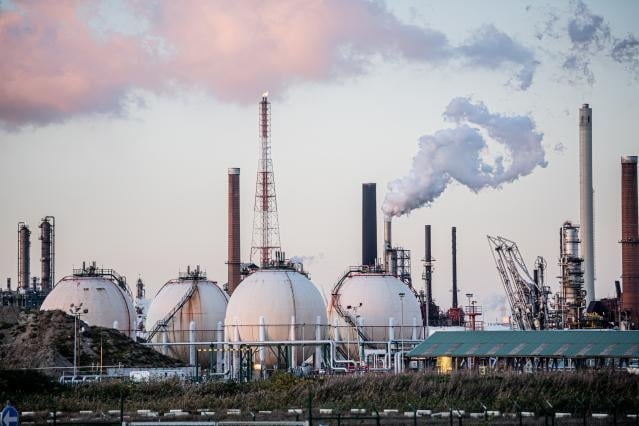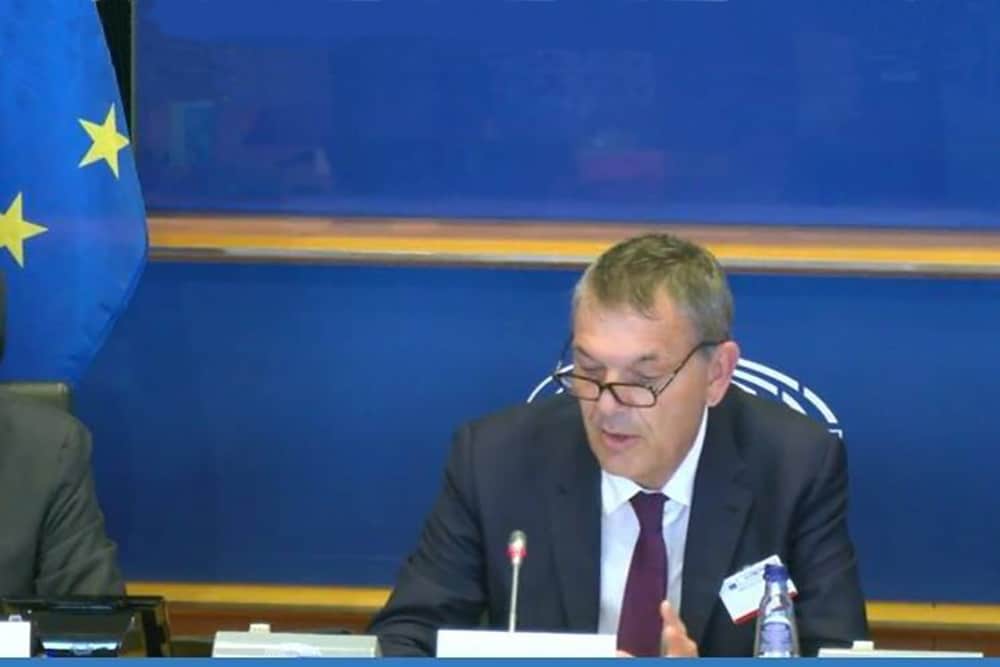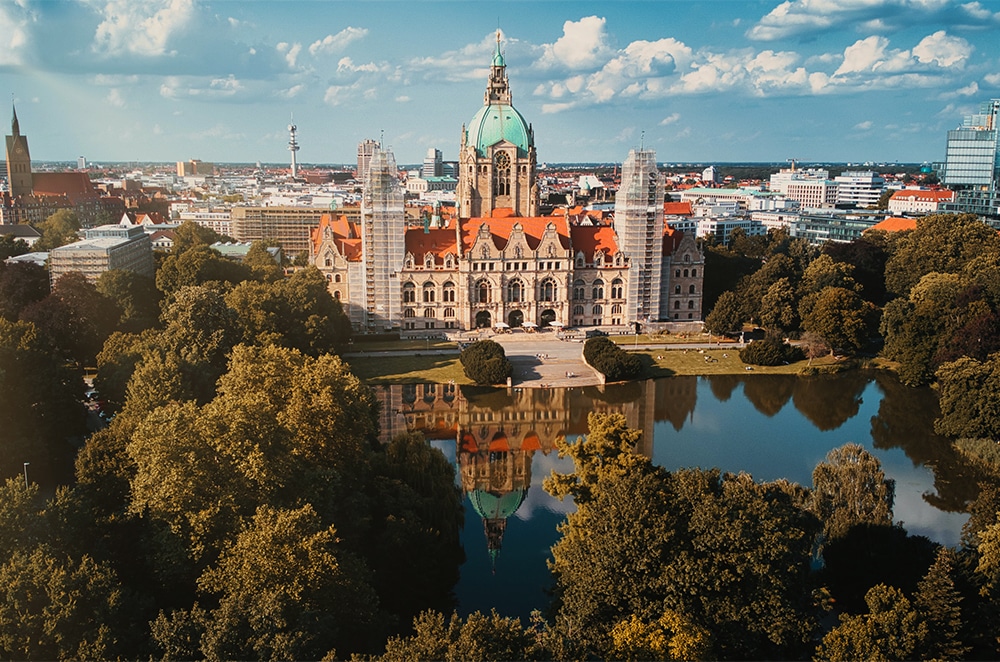Today, the Commission is presenting proposals to update and modernise the Industrial Emissions Directive, key legislation to help prevent and control pollution. Updated rules will help guide industrial investments necessary for Europe’s transformation towards a zero-pollution, competitive, climate-neutral economy by 2050. They aim to spur innovation, reward frontrunners, and help level the playing field on the EU market. The revision will help provide long-term investment certainty, with first new obligations on industry expected in the second half of the decade.
The revision builds on the overall approach of the existing Industrial Emissions Directive, which currently covers some 50,000 large industrial installations and intensive livestock farms in Europe. These installations need to comply to emissions conditions by applying activity-specific ‘Best Available Techniques’. These techniques are determined together by industry, national and Commission experts, and civil society. The new rules will cover more relevant sources of emissions, make permitting more effective, reduce administrative costs, increase transparency, and give more support to breakthrough technologies and other innovative approaches.
Executive Vice-President for the European Green Deal Frans Timmermans said: “By 2050, economic activity in the European Union should no longer pollute our air, water and the wider environment. Today’s proposals will enable important reductions of harmful emissions coming from industrial installations and Europe’s largest livestock farms. By modernising Europe’s industrial emissions framework now there is certainty about future rules to guide long-term investments, increase Europe’s energy and resource independence, and encourage innovation.”
Commissioner for the Environment, Oceans and Fisheries Virginijus Sinkevičius said: “These new rules will enable large industrial plants and intensive livestock farming to play their part in achieving the objective of the European Green Deal and its zero-pollution ambition. Solely from action on livestock farms, benefits to human health would amount to at least €5.5 billion per year. The changes will create more jobs, as the EU’s eco-innovation sector has shown successfully in the past. Measures that proactively tackle the pollution, climate and biodiversity crises can make our economy more efficient and more resilient.”
Updating a proven approach for the long term
Following extensive consultation with industry and stakeholders and a thorough impact assessment, the existing framework will be enhanced with new measures to boost its overall effectiveness. The main changes include:
- More effective permits for installations. Instead of settling for the least demanding limits of the best available techniques, as some 80% of installations do currently, permitting will have to assess the feasibility of reaching the best performance. It will also tighten the rules on granting derogations by harmonising the assessments required and securing a regular review of derogations granted.
- More help for EU innovation frontrunners. As an alternative to permits based on well-established best techniques, frontrunners will be able to test emerging techniques, benefitting from more flexible permits. An Innovation Centre for Industrial Transformation and Emissions (INCITE) will help industry with identifying pollution control solutions. Finally, by 2030 or 2034 operators will need to develop Transformation Plans for their sites to achieve the EU’s 2050 zero pollution ambition, circular economy and decarbonisation aims.
- Supporting industry’s circular economy investments. New best available techniques could include binding resource use performance levels. The existing Environmental Management System will be upgraded to reduce the use of toxic chemicals.
- Synergies between depollution and decarbonisation. Energy efficiency will be an integral part of permits, and systematic consideration will be given to technological and investment synergies between decarbonisation and depollution when determining best available techniques.
The new rules will also cover more installations, notably:
- More large-scale intensive livestock farms. Under the new rules, the largest cattle, pig, and poultry farms would be gradually covered: about 13% of Europe’s commercial farms, together responsible for 60% of the EU’s livestock emissions of ammonia and 43% of methane. The health benefits of this extended coverage are estimated at more than €5.5 billion per year. As farms have simpler operations than industrial plants, all farms covered will benefit from a lighter permitting regime. The obligations stemming from this proposal will reflect the size of farms as well as the livestock density through tailored requirements. The Common Agricultural Policy remains a key source of support for the transition.
- Extraction of industrial minerals and metals and large-scale production of batteries. These activities will significantly expand in the EU to enable the green and digital transitions. This requires that the best available techniques are employed to ensure both the most efficient production processes and the lowest possible impacts on the environment and human health. The governance mechanisms of the Directive that closely associate industry experts to the development of consensual and tailored environmental requirements, will support the sustainable growth of these activities in the Union.
Finally, the new rules will increase transparency and public participation in the permitting process. In addition, the European Pollutant Release and Transfer Register will be transformed into an EU Industrial Emissions Portal where citizens will be able to access data on permits issued anywhere in Europe and gaining insight into polluting activities in their immediate surroundings in a simple way.
Next steps
The Commission proposal stipulates that Member States will have 18 months to transpose this directive into national legislation, after the proposal is finally adopted by the European Parliament and by the Council. After that, the Best Available Techniques will be developed and once adopted by the Commission, industrial operators will have four years and farmers three years to comply.
Background
Industrial activities, like electricity and cement production, waste management and incineration, and the intensive rearing of livestock, are responsible for emissions of harmful substances to air, water and soil. These emissions include sulphur oxides, nitrogen oxides, ammonium, dust and mercury and other heavy metals. Pollution caused by them can lead to health problems such as asthma, bronchitis and cancer, and it generates costs measured in billions of euro and hundreds of thousands of premature deaths each year. Industrial emissions also damage ecosystems, crops, and the built environment.
Thanks to the Industrial Emissions Directive, in the last 15 years emissions to air for many pollutants have been reduced by between 40% and 75% from Europe’s largest industrial plant and intensive livestock farms. Heavy metals emissions to water have also declined by up to 50% during this period.
Despite successes in curbing emissions, the over 50,000 industrial installations covered still account for around 40% of greenhouse gas emissions, over 50% of total emissions to air of sulphur oxides, heavy metals and other harmful substances and around 30% of nitrogen oxides and fine particulate matter air emissions, warranting further action.












